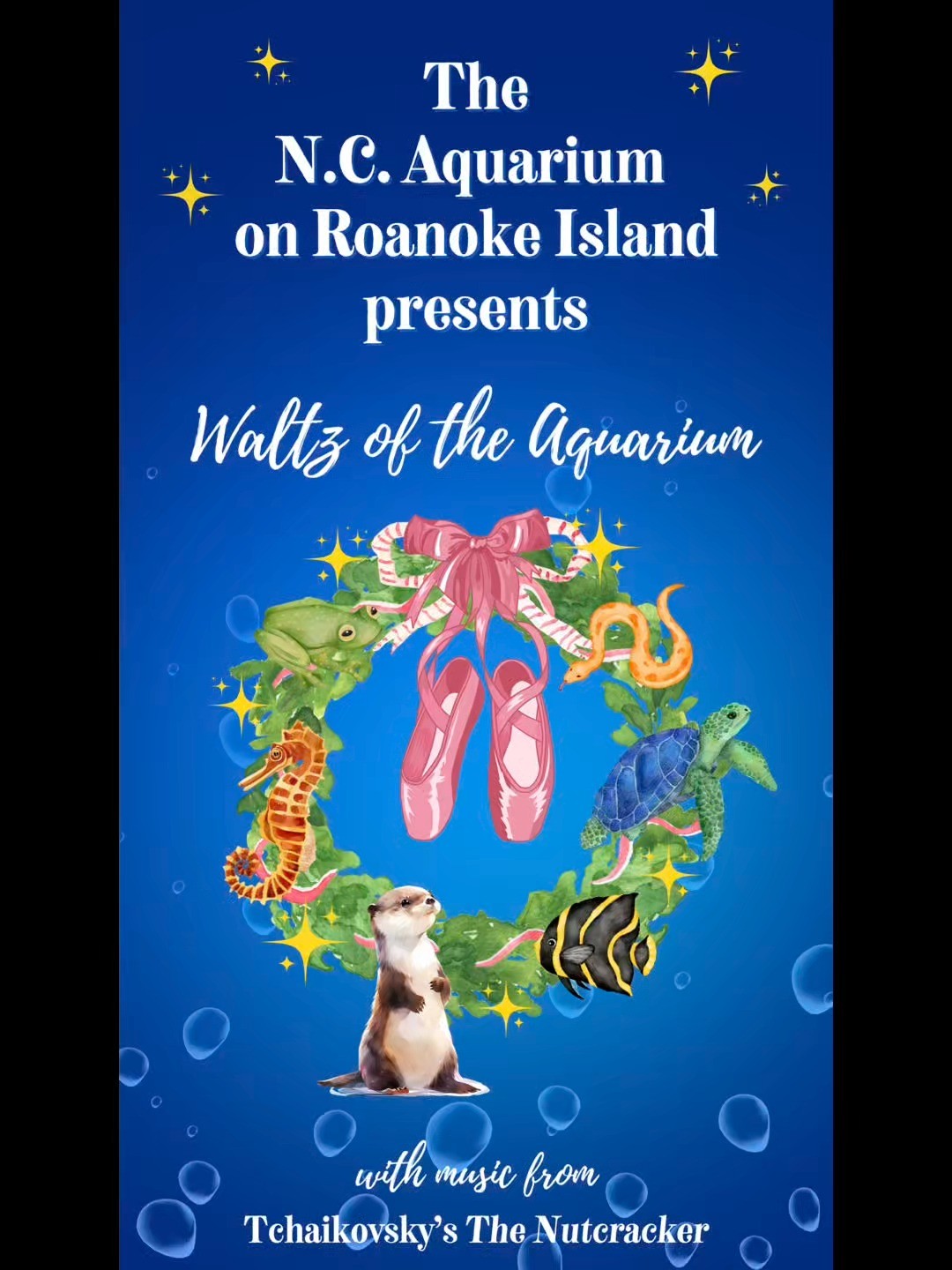- The cultural and historical significance of sugar plums.
- The natural composition and nutritional aspects of sugar plums.
- The role of aquatic environments in the conservation efforts of institutions like the NC Aquarium.
- The impact of aquatic biodiversity in educational and conservation initiatives.
- The connection between festive traditions, like visions of sugar plums, and wildlife conservation awareness.
Sugar plums often evoke imagery of festive holidays and storied traditions, deeply woven into popular lore and seasonal festivities. While many associate sugar plums with sweet confections, their historical backdrop is richly varied. Originating from 16th and 17th-century confectionery practices, sugar plums were painstakingly crafted from layers of sugar, formed over a seed or nut center. This labor-intensive process involved multiple cycles of heating and coating, creating a hard shell reminiscent of today’s comfit candies. They were not merely treats but symbols of luxury and status due to the costly sugar and time-consuming production process. Over time, sugar plums have become emblematic, representing not just holiday cheer but also the complexity of culinary heritage.
In contemporary terms, the term “sugar plum” has admittedly diverged from its original incarnation. Now, it often encompasses a broader range of dried fruit confections. However, understanding the historical context of sugar plums heightens appreciation for this descriptor’s rich past. Nutritionally, the modern versions pivoting on “plums” as dried fruits can offer dietary fiber, vitamins, and antioxidants. Plums themselves are nutritious, providing vitamins A and C, potassium, and manganese. They contribute significantly to a balanced diet while offering culinary versatility. In addition, the inclusion of dried fruits aligns with traditional diets aiming for healthful, sustainable eating.
The symbolic vision of sugar plums, especially during festive seasons, is frequently linked in modern imagery with the enchanting worlds of ballet or wintry tales. But this vision can also serve as a gateway to greater consciousness around our natural world. The NC Aquarium on Roanoke Island, by extension, fuses such cultural motifs with its dedication to marine education and conservation. With over 2,200 creatures under its care, the aquarium stands as a testament to aquatic biodiversity. Its mission goes beyond display, highlighting the pressing need for environmental stewardship and aquatic conservation.
Aquatic environments are pivotal to conservation efforts. They support a rich spectrum of life, from vibrant corals to formidable sharks, all contributing to a complex web of biodiversity. Aquariums like those on Roanoke Island illuminate this diversity, fostering understanding and appreciation among visitors. By showcasing these environments, they enhance awareness about the importance of protecting aquatic ecosystems, which are crucial for maintaining planetary health. Educational initiatives at these institutions often incorporate hands-on experiences, workshops, and interactive exhibits to immerse visitors in the wonders of aquatic life.
This embrace of aquatic biodiversity, aligning with festive themes of sugar plums and other traditional motifs, reinforces public commitment toward wildlife conservation. The more we connect cultural festivities with conservation themes, the more effectively we raise awareness about environmental challenges. When celebrating traditions such as sugar plums, we have a timely opportunity to reflect on and promote conservation efforts.
Ultimately, there is an undeniable link between the cultural charm of sugar plums and the vital work conducted by aquariums to inspire and educate. Their tales remind us of our creative culinary past while urging us to safeguard the delicate balance of our natural habitats. As we look forward to new years and celebrations, this dual narrative can inspire collective action toward preserving our aquatic environments. This synergy of cultural appreciation and conservation advocacy continues to be crucial as we celebrate yet remain committed to the stewardship of our planet’s unique biodiversity.
*****
Source Description
Sugar plums? ✨ We’re having visions of….otter turns! 🩰🎶🦦 As 2024 ends, our hearts are full and we are diving into the new year with a renewed commitment to our mission of inspiring appreciation and conservation of our aquatic environments. 💚🩵💙 Did you know the NC Aquarium on Roanoke Island cares for over 2,200 animals? 🐠🐊🪼🐡🐢 Seen here are just a few that inspire us. (Sound up!) 🤩🎥 Happy New Year! We can’t wait to SEA you in 2025! 🌊✨


